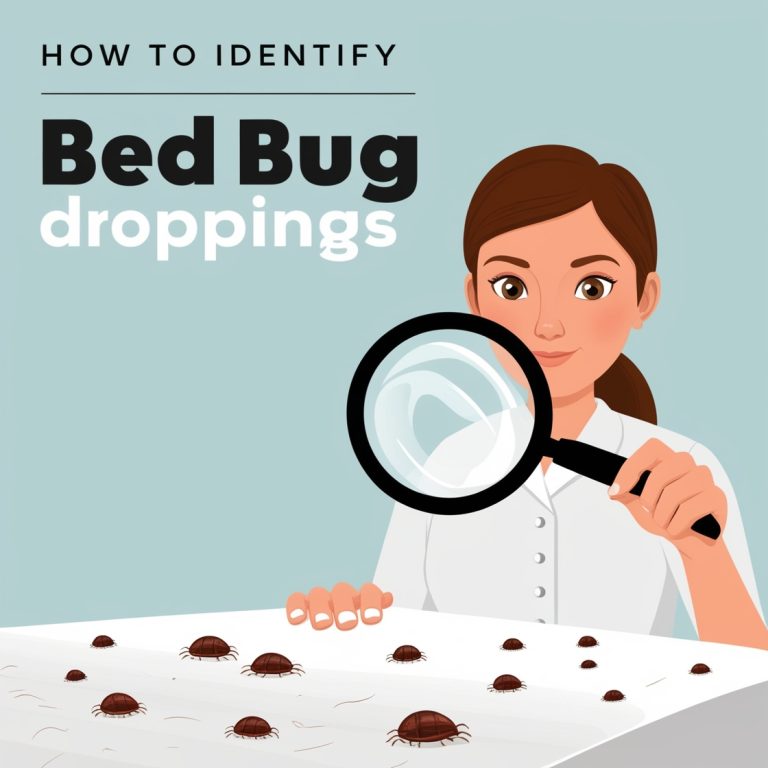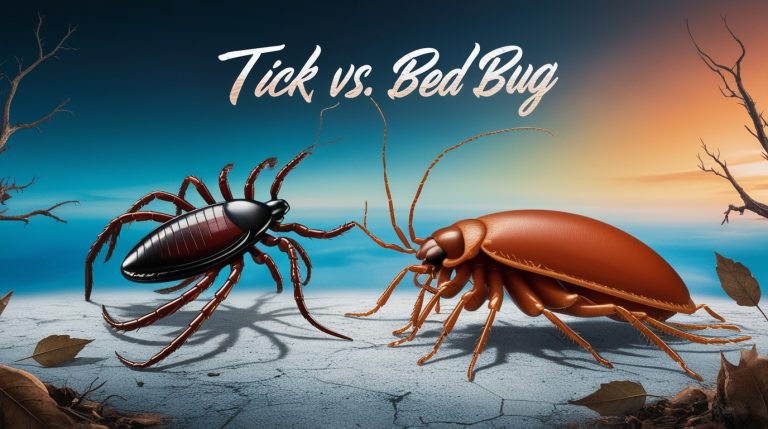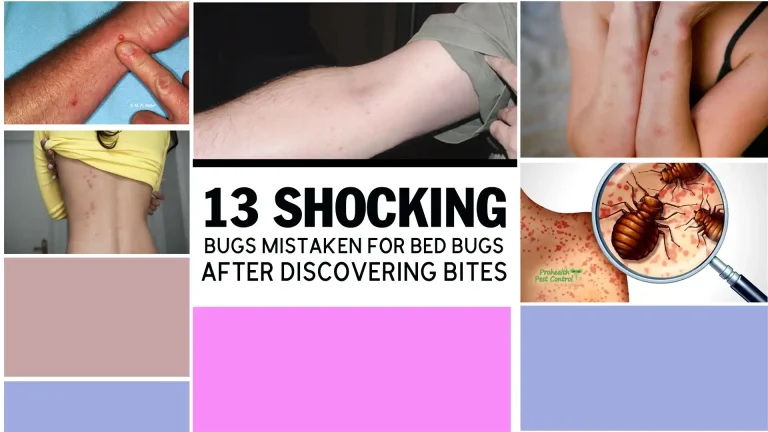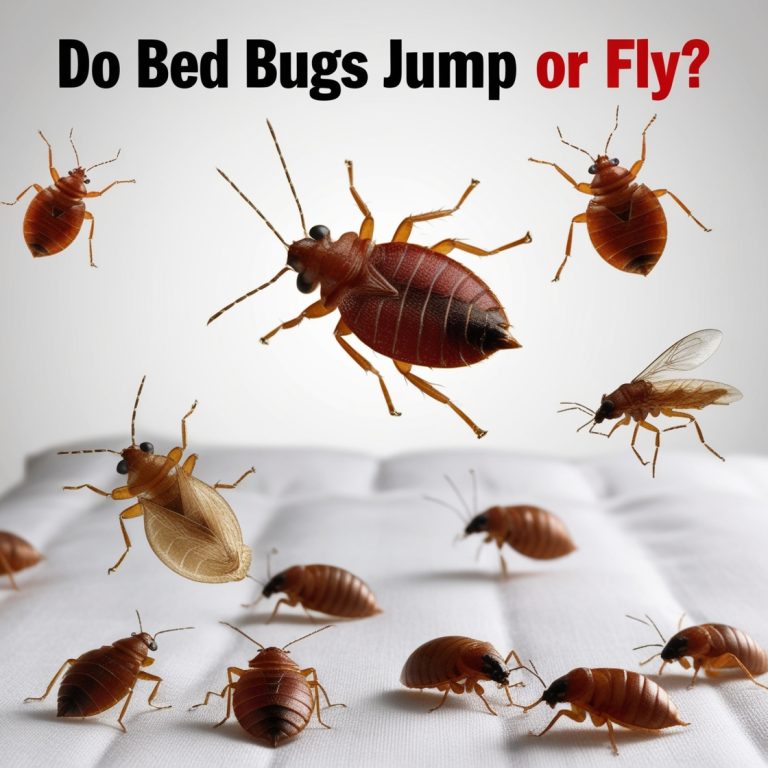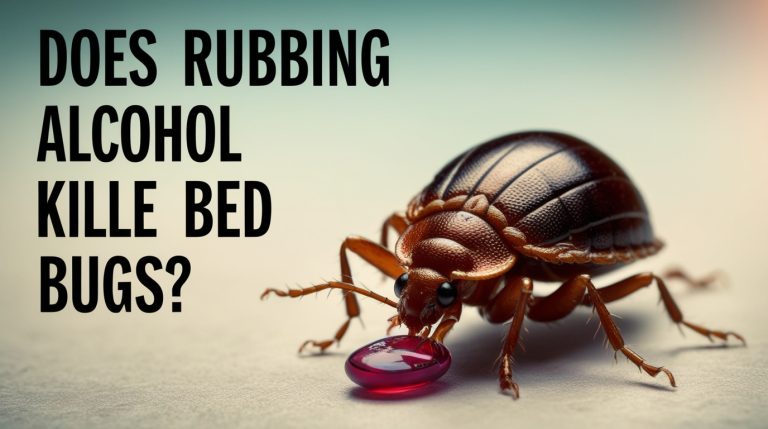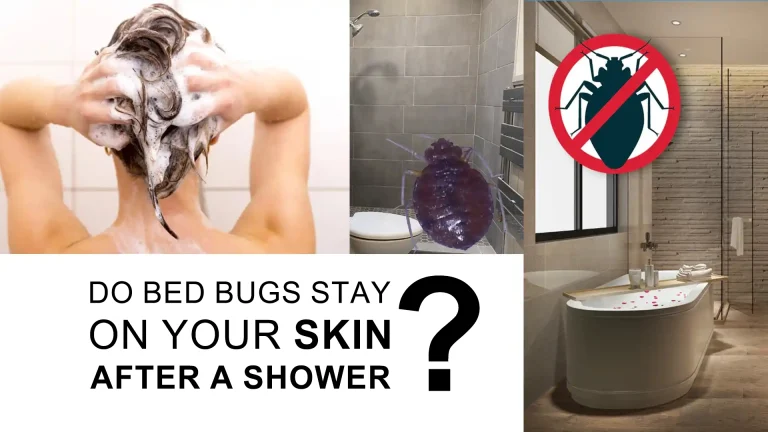Identifying Baby Bed Bugs: What Do Baby Bed Bugs Look Like?
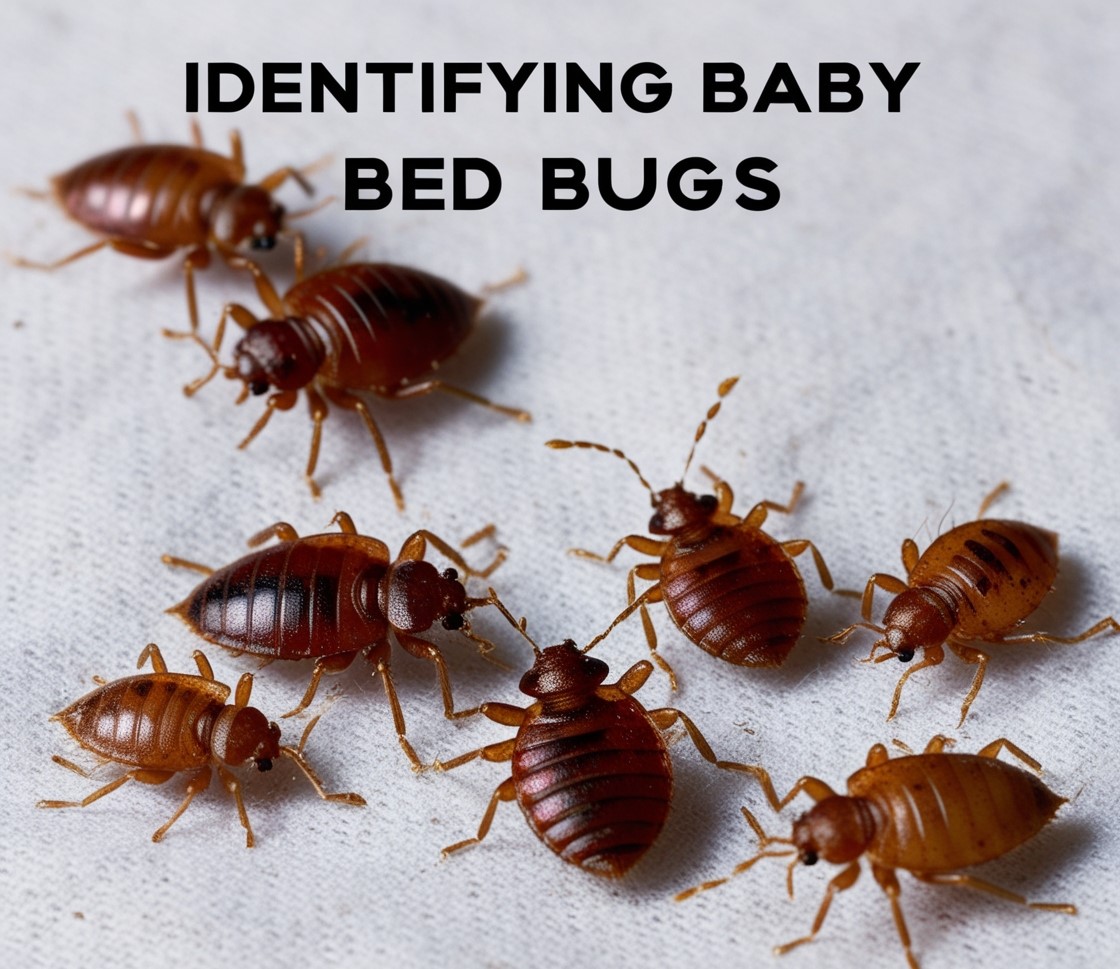
Discover what baby bed bugs look like and how to identify Baby Bed Bugs: pesky nymphs. Learn about their bites, where they hide, and prevent a bed bug infestation.
Identifying Baby Bed Bugs: What Do Baby Bed Bugs Look Like?
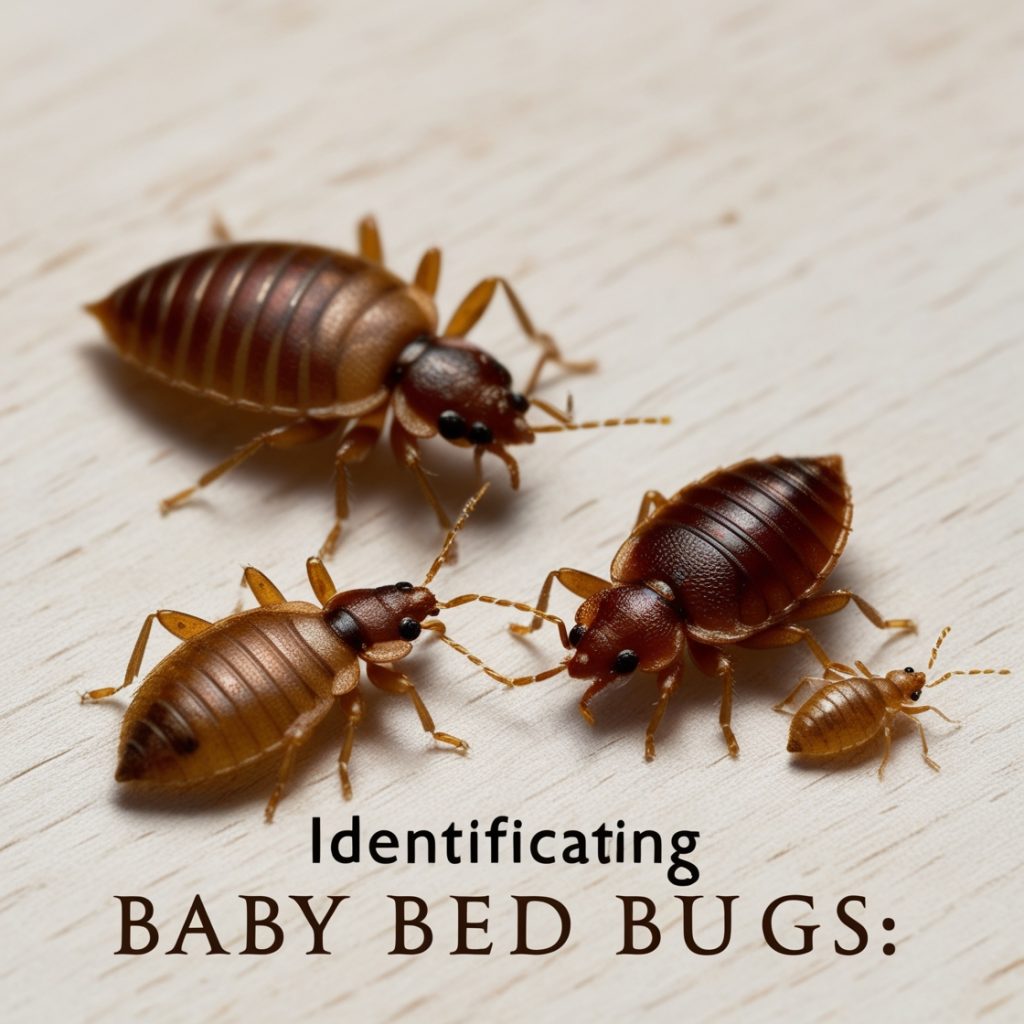
Everything You Need to Know About Baby Bed Bugs
Bed bugs have become an increasingly common pest problem in homes, hotels, and other living spaces. Understanding these tiny pests, especially in their early stages of life, is crucial for effective pest control. This article will provide everything you need to know about baby bed bugs, their appearance, behavior, and how to deal with an infestation.
What Are Bed Bugs?
Bed bugs are small, parasitic insects that feed on human or animal blood. These pests are often found in areas where people sleep or rest, such as mattresses, bed frames, and upholstered furniture. Adult bed bugs are about the size of an apple seed, while baby bed bugs, also known as nymphs, are much smaller.
The Importance of Early Detection
Identifying baby bed bugs early is crucial in preventing a full-blown bed bug infestation. Baby bed bugs are more difficult to spot due to their smaller size, but recognizing their presence can help you take swift action to get rid of bed bugs before they multiply and spread.
Bed Bug Development
Understanding the life cycle of bed bugs is essential for effective pest control. Let’s explore how these insects develop from eggs to adults.
From Egg to Adult: The Bed Bug Life Cycle
The bed bug life cycle begins when a female bed bug lays eggs. These tiny, white eggs are about the size of a pinhead and are often laid in clusters of five eggs or more. Within 6-10 days, the eggs hatch, and baby bed bugs emerge.
Baby bed bugs, or nymphs, pass through five stages of development before reaching adulthood. During each stage, the nymph must molt, shedding its exoskeleton to grow larger. To molt and progress to the next stage, nymphs need to feed on blood.
Understanding Bed Bug Nymphs
Bed bug nymphs are smaller versions of adult bed bugs. They go through several instars, or growth stages, before reaching maturity. Each instar requires a blood meal to molt and progress to the next stage. Nymphs can reach adulthood in as little as 21 days under ideal conditions, but it typically takes 5-6 weeks.
What Do Baby Bed Bugs Look Like?
Identifying baby bed bugs can be challenging due to their small size, but knowing what to look for can help in early detection.
Size and Color of Baby Bed Bugs
Baby bed bugs are much smaller than their adult counterparts. When they first hatch, they are about 1 mm long, roughly the size of a pinhead. As they grow and molt, they increase in size with each instar, eventually reaching the adult size of about 4-5 mm.
Newly hatched nymphs are translucent and almost colorless. After feeding, they become darker in color, appearing reddish-brown due to the blood inside their bodies. As they mature, baby bed bugs become increasingly similar in appearance to adult bed bugs, growing larger and darker in color with each molt.
Spotting Baby Bed Bugs with the Naked Eye
While baby bed bugs are visible to the naked eye, their small size makes them difficult to spot, especially in their earliest stages. Look for tiny, moving specs in areas where bed bugs typically hide, such as the seams of your mattress, bed sheets, and along the bed frame.
Where Do Baby Bed Bugs Live?
Baby bed bugs prefer to stay close to their food source, just like adults. Understanding their preferred habitats can help in identifying an infestation.
Common Hiding Spots for Baby Bed Bugs
Baby bed bugs, like their adult counterparts, are excellent at hiding. They tend to congregate in areas close to where humans sleep or rest. Common hiding spots include:
1. Mattress seams and tags
2. Box springs
3. Bed frames and headboards
4. Cracks in wooden furniture
5. Behind wallpaper or picture frames
6. In electrical outlets or appliances
Signs of a Bed Bug Infestation
While spotting live baby bed bugs can be challenging, there are other signs that may indicate their presence:
1. Small, rust-colored blood spots on mattresses or sheets
2. Dark spots (about this size: •) which are bed bug excrement
3. Pale yellow skins that nymphs shed as they molt
4. A sweet, musty odor in heavily infested areas
Do Baby Bed Bugs Bite?
Many people wonder if baby bed bugs bite. The answer is yes – baby bed bugs bite and feed on blood just like adult bed bugs.
Comparing Baby Bed Bug Bites to Adult Bites
Baby bed bugs need blood to grow and develop, so they will bite humans or animals to feed. Their bites are similar to those of adult bed bugs and may cause itchy, red welts on the skin. However, because baby bed bugs are smaller, they may need to feed more frequently than adults to get enough blood for growth.
Identifying Bed Bug Bite Patterns
Bed bug bites, whether from adults or nymphs, often appear in a line or cluster. This pattern occurs because bed bugs tend to feed multiple times in one area. Common bite patterns include:
1. Straight lines of three or more bites
2. Small clusters of bites
3. Randomly scattered bites across exposed skin
It’s important to note that not everyone reacts to bed bug bites, and reactions can vary from person to person. Some may develop itchy welts within hours, while others may have no visible reaction at all.
Prevention and Control
Preventing and controlling a bed bug infestation is crucial for maintaining a pest-free home.
How to Get Rid of Bed Bugs
If you suspect a bed bug problem, it’s essential to act quickly. Here are some steps to get rid of bed bugs:
1. Thoroughly inspect your home, focusing on bedrooms and living areas.
2. Wash and dry all bedding, curtains, and clothing on high heat.
3. Vacuum thoroughly, including mattresses, carpets, and furniture.
4. Use bed bug-proof encasements on mattresses and box springs.
5. Consider using bed bug interceptors on bed legs.
6. Seal cracks and crevices to eliminate hiding spots.
Effective Pest Control Strategies
For severe infestations, professional pest control may be necessary. Pest control companies use various methods to eliminate bed bugs, including:
1. Heat treatments
2. Chemical treatments
3. Freezing techniques
It’s important to follow up with regular inspections and preventive measures to ensure the bed bugs don’t return.
Performing a Thorough Bed Bug Inspection
Regular inspections are key to preventing a bed bug invasion. Here’s how to conduct a thorough bed bug inspection:
1. Strip bedding and check seams and tags of mattresses and box springs.
2. Examine the bed frame, headboard, and nearby furniture.
3. Look behind picture frames, wallpaper, and electrical outlet plates.
4. Check cracks and crevices in walls and floors.
5. Inspect luggage after traveling.
You May Also Like
How To Keep Winter Pests Out Of Your Business
Learn about common winter pests and strategies to keep them out of your commercial space.
Guide To Bed Bug Life Stages
Dive deeper into the various stages of a bed bug’s life cycle, from egg to adult.
The Ultimate Guide to Avoiding Bed Bugs When Travelling
Discover tips and tricks to prevent bringing bed bugs home from your travels.
Remove Pests from Your Home and Stop Them from Coming Back
Long-Term Strategies for Pest Prevention
Implementing long-term pest prevention strategies is crucial for maintaining a bed bug-free home. Here are some tips:
1. Regularly inspect and clean your home.
2. Be cautious when bringing second-hand furniture into your home.
3. Use protective covers on mattresses and box springs.
4. Reduce clutter to minimize hiding spots for pests.
5. Seal entry points around your home to prevent pests from entering.
When to Call Professional Pest Control
While many bed bug problems can be handled with DIY methods, some situations call for professional help. Consider calling an exterminator if:
1. You have a large or persistent infestation.
2. DIY methods have failed to eliminate the problem.
3. You’re unsure about the extent of the infestation.
4. You need assistance with proper identification and treatment.
Professional pest control companies have the expertise and tools to effectively eliminate bed bug infestations and provide long-term solutions for pest prevention.
In conclusion, understanding baby bed bugs is crucial in the fight against these persistent pests. By knowing what they look like, where they hide, and how to prevent them, you can protect your home from a bed bug invasion. Remember, early detection and swift action are key to preventing a full-blown infestation. If you suspect you have bed bugs, don’t hesitate to take action or seek professional help. With vigilance and proper pest control measures, you can keep your home free from these tiny, troublesome insects.

